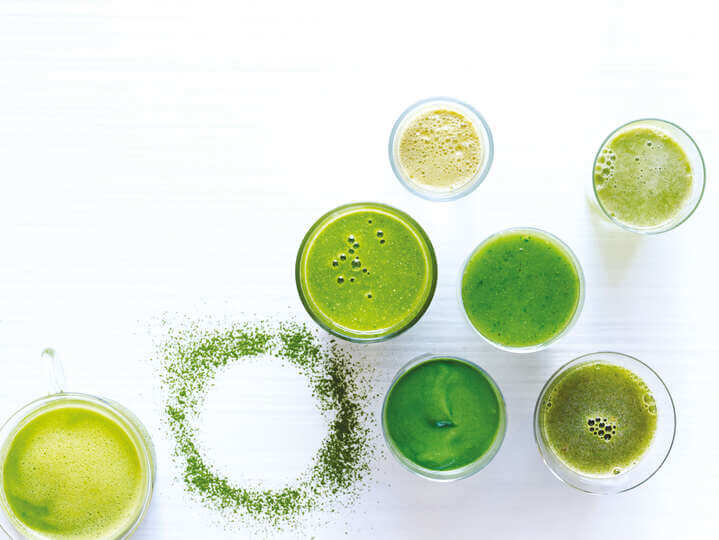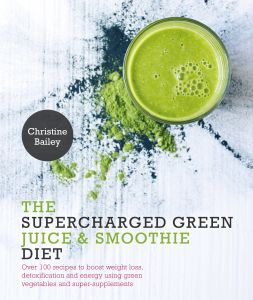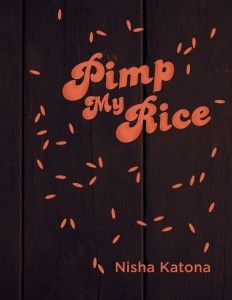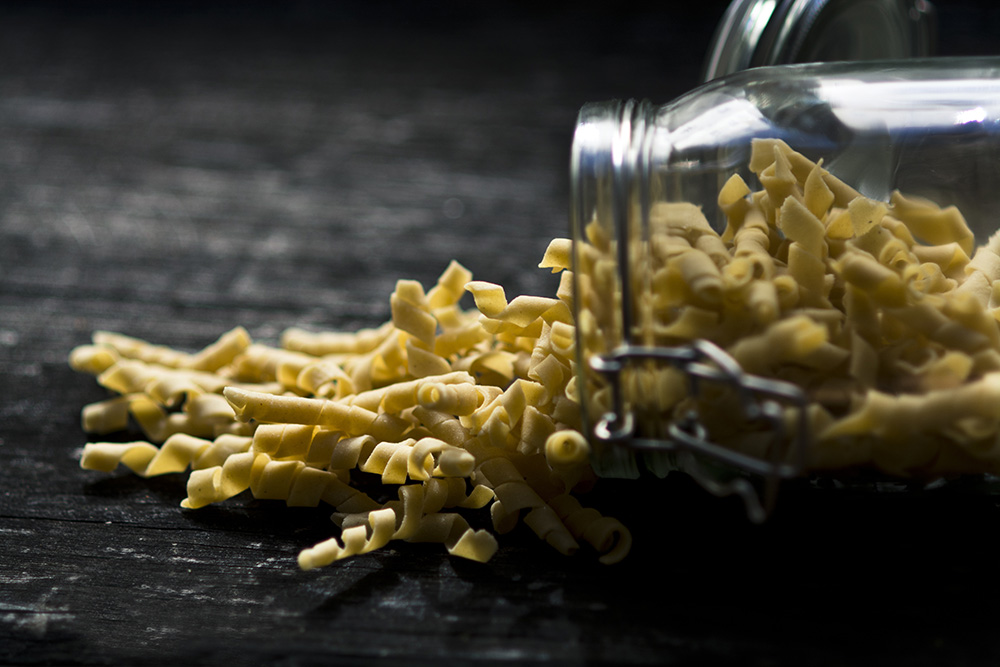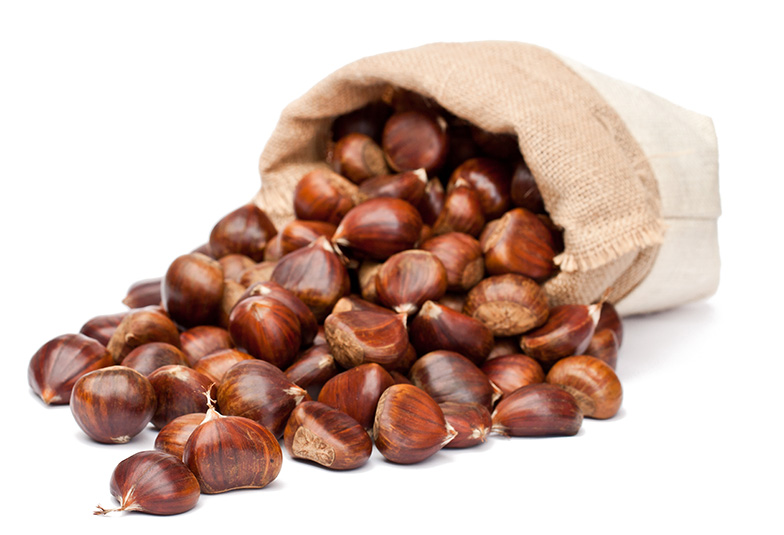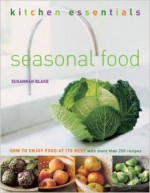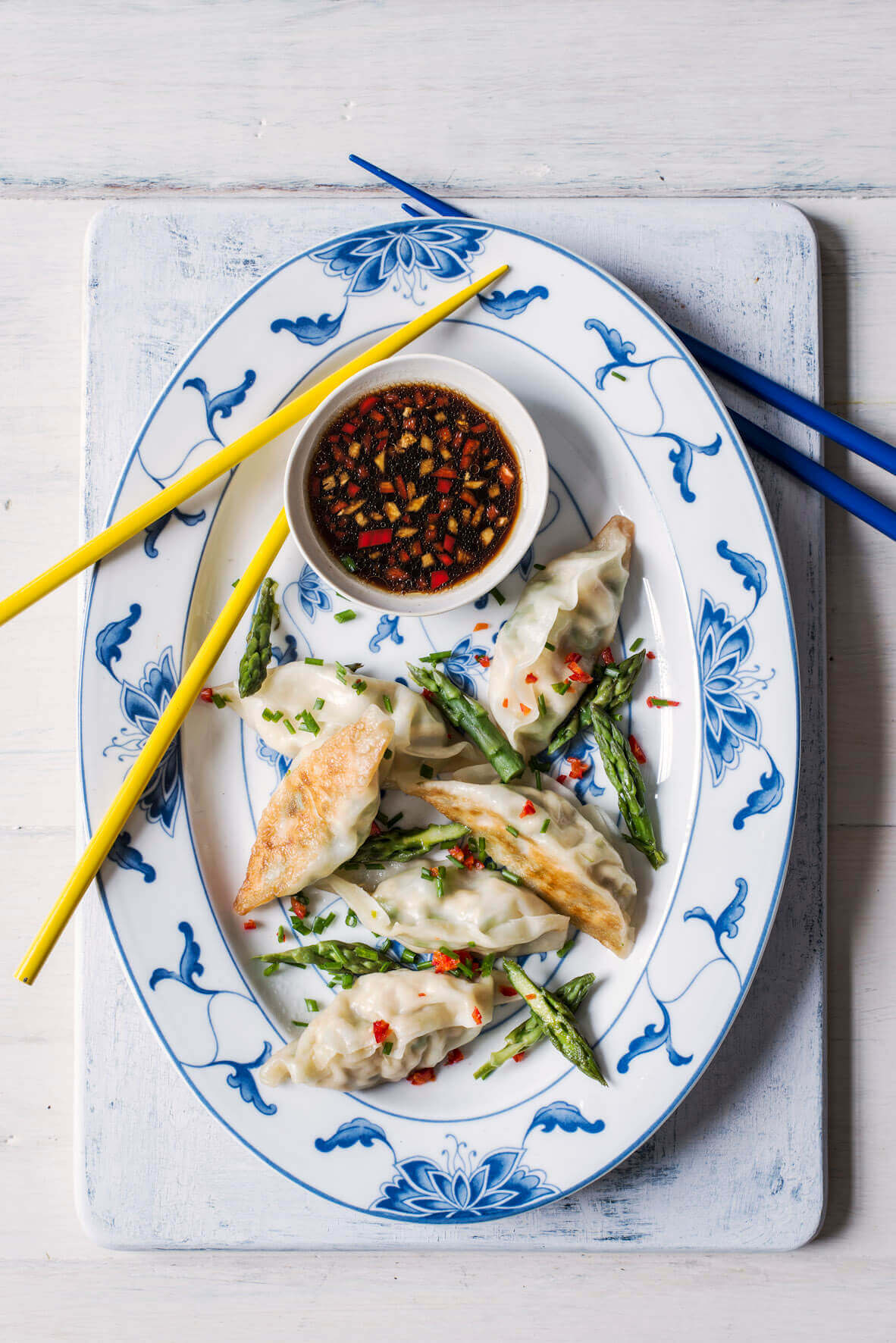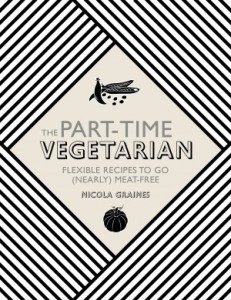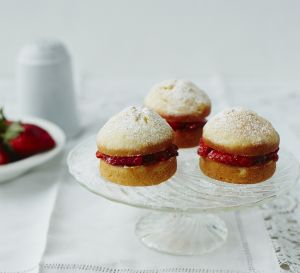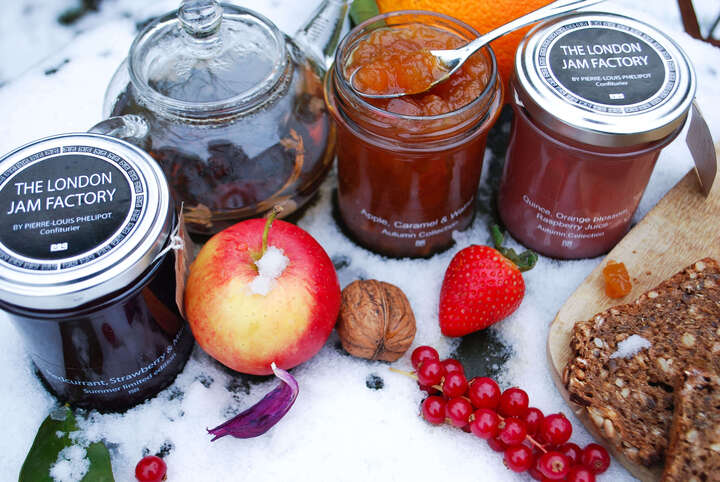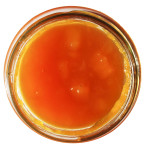This article has been cross-posted from www.christinebailey.co.uk .
Your gut really is the gateway to good health. When your gut is dysfunctional it can result in a wide range of health conditions. One topic which is widely discussed in gastroenterology research as well as the field of immunology is ‘leaky gut’ or ‘intestinal permeability’. But what exactly is it?
The lining of the gastrointestinal (GI) tract is composed of small epithelial cells that lie side-by-side each other forming tight junctions. These tight junctions act as a barrier between the interior of the body (blood/circulatory system) and the exterior of the body (the lumen of the GI tract). Under healthy conditions, our gut permits the absorption of vital nutrients from the gut lumen while presenting a barrier against the passage of harmful substances into the body.
A leaky gut arises when there is an increase in permeability of the intestinal mucosa that in turn leads to the increased absorption of intestinally derived endotoxins, antigens and inflammatory mediators. Gluten for example is known to cause the gut cells to release zonulin, a protein that can break apart tight junctions in the intestinal lining. Other factors including infections, medications, toxins, stress and age can also cause these tight junctions to break apart. When the epithelial cells and junctions start to break down it allows the passage of toxins through and between the cells into the blood. These foreign molecules may include undigested food molecules, toxins or bacteria. As a result our immune system is activated to eliminate or destroy these unwelcome molecules. This activation of the immune system leads to an inflammatory response and can lead to a wide range of signs, symptoms and health conditions.
This can lead to long term health consequences. In fact increased gut permeability has been linked with symptoms far from the gut including autoimmune conditions, depression, arthritis, diabetes and other conditions in which a pro inflammatory state continues.
Healing a leaky gut is one of the most important things you can do to restore overall health and vitality and I discuss in detail how to do this in my new book: The Gut Health Diet Plan.
When the gut becomes damaged instead of being a source of nourishment it becomes the source and gateway of toxicity and inflammation. Research has shown that intestinal permeability is associated with a range of health conditions not just IBS type symptoms. For example systemic inflammation, allergic reactions such as eczema, asthma or hayfever and progression of autoimmune conditions. By restoring the health and function of the gut, you prevent potential invaders from passing into the bloodstream where they can evoke inflammation locally in your gut but also systemically throughout your body.
Signs of leaky gut include:
- IBS symptoms: bloating, constipation, abdominal pain, diarrhoea
- Asthma, eczema, seasonal allergies
- Hormonal imbalances, PMS
- Autoimmune conditions e.g coeliac disease, rheumatoid arthritis, lupus, hashimotos
- Chronic fatigue / Fibromyalgia
- Mood disorders, depression
- Candida overgrowth
- Food allergies
- Inflammation in the body
- Skin conditions e.g acne, psoriasis
Damage to the gut lining may occur for a variety of reasons including gut infections, sensitivity to certain foods (particularly gluten and dairy), oxidative damage, medications, stress, alcohol, smoking, nutritional deficiencies and poor diet. Therefore identifying key food triggers is also an important step in supporting long term healing. However healing the gut requires more than simple removal of known allergenic foods. It needs nourishment with nutrient dense and specific healing foods – this is why I have written the Gut Health Book to provide you with delicious, nourishing recipes to restore gut health.
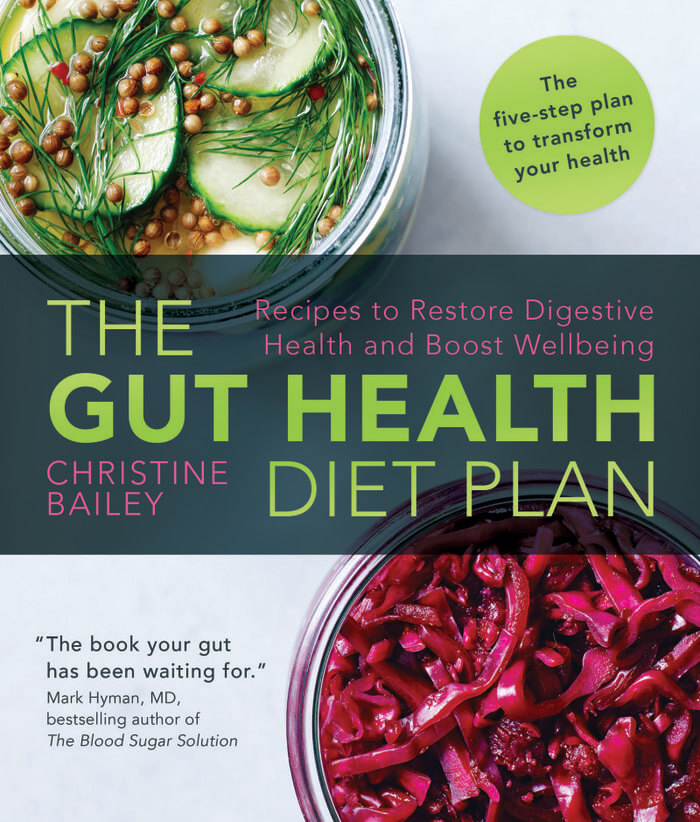
Christine Bailey
The Gut Health Diet Plan
It will be published in 2016. Pre order your copy on Amazon.
Sign up to our email newsletter to keep up to date with all the latest news and offers. Follow us on Facebook and @nourishbooks on Twitter.
